Terrarium: What is it, Where to Buy and How to make a Homemade one?
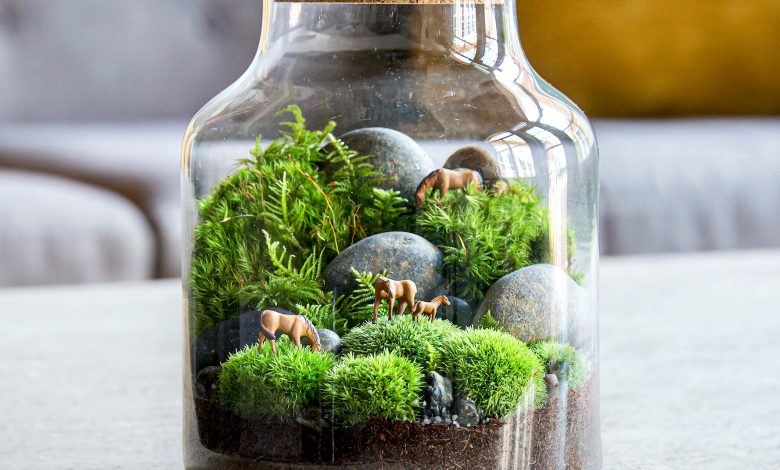
On many occasions we have been able to observe containers full of earth that have some purpose, andthey are known as terrarium.
Although they sometimes have a decorative purpose, a terrarium can also be used to place live plants or animals and recreate a good environment for them to live.
If you are planning to make one,It is importantthat you know as much information about it and that is why we present this content today.
Are you interested? Keep reading
What is a terrarium?
A terrarium consists of a space designed by man to create a specific ecosystem.
 These are placed in a planned site and differ in terms of the materials with which their walls are made and the dimensions.
These are placed in a planned site and differ in terms of the materials with which their walls are made and the dimensions.
However, it is always possible to see that they have at least one glass wall through which you can see inside.
Although their use has moved to the decorative field, they are also often used for housing purposes for some species, such as tortoises.
We will talk about this below.
What materials do you need to make a terrarium?
You will need the following:
- A glass or plastic container.
- Rocks, if you wish.
- Moss, if you choose.
- Earth (growing medium).
- Plants that do not grow excessively (generally miniature or dwarf plants).
- Spoon to place the earth.
- Long tweezers to place the materials in the container.
How to make a terrarium?
Making a terrarium is quite simple.You will only have to follow certain very specific steps that will allow you to obtain the expected result.
These are:
- The first thing will always be to clean the inside of the terrarium container very well, taking care that there are no debris or foreign particles.
- The bottom of the terrarium is better to be made of small stones that give rise to the correct drainage of the water.
- It is also possible to put small pieces of charcoal on it.
- To separate this bottom from the soil that will be added later, you must add a layer of moss that helps the water to filter without the other elements rising.
- Next it will be time to add the soil. This should be placed in direct proportion to the size of the terrarium.
- After adding the soil, it should be pressed gently to avoid air sources, as well as helping to level the ground.
- Depending on the use that will be given to the terrarium, the holes will be dug to introduce the plants and the decoration.
- The only thing that will be better to always avoid placing in a terrarium is insects, since these can affect the life of the plants that we place there. In addition, they are capable of producing major problems such as the formation of fungi and bacteria.
If you want to give a touch of fauna, it is best to do it with a decorative version.

How do we take care of it?
Maintaining a terrariumit’s quite simpledue to its small dimensions.
The main thing will be to be aware that the soil is moist to prevent plants and other living beings from losing the necessary hydration.
When it comes to a closed terrarium, it will not be necessary to apply water as many times. If it is an open one, once a week will be more than enough.
You have to be careful of the presence of weeds, fungi or any other element that can affect the ecosystem, so they must be eliminated immediately.
Ventilation is always necessary, especially when it comes to closed terrariums.
It is also imperative that they receive agood amount of light.
How do we make a terrarium for turtles?
 In the event that a tortoise is going to live in the terrarium, it isvery importanttake into account that the space is sufficient to allow good mobility.
In the event that a tortoise is going to live in the terrarium, it isvery importanttake into account that the space is sufficient to allow good mobility.
The construction can follow the previous steps, reviewing which part of the furniture must be a room that serves as a home. You will also need to have a place to put them.containers with water and food.
It is very important that the height of the walls is sufficient to prevent them from coming out and hurting themselves.
Turtles need sunlight, so having the terrarium in the shade is not a good idea.
Good air circulation is also essential, leaving only the area of the house with a roof.
Did you know…In addition to turtles, terrariums are also ideal for other reptile pets such as snakes or iguanas.
How to make a terrarium for cacti?
A cactus is a plant that is very often used for decoration. For this reason it can be considered as an ornamental plant.
Because there are species that do not tend to grow much, they are ideal for terrariums.
To make such a terrarium, you will need to follow these steps:
- Clean very well the container where the terrarium will be assembled.
- Place a background of pebbles of different colors to give it a decorative touch. As in the previous case, these will help drain the water.
- Add specific soil to be used for these purposes as it has the right properties for cacti.
- Next, you must transplant the cacti you want. In this case, there are so many varieties that you can make a mixture of 2 or 3 types to give it color.
- To finish, add pebbles again, as these will be the ones that help regulate the internal humidity.
These terrariums are very useful as decoration elements in houses and offices.
In general, they require little care and can be placed on a table, a desk or a shelf without major inconvenience.
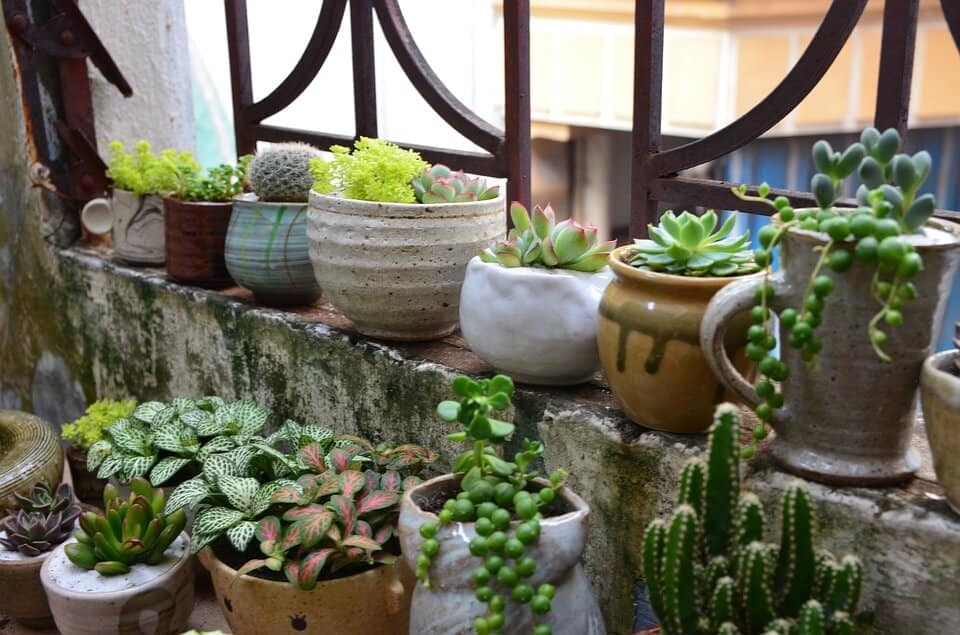
How do we water the terrarium?
Here are a number of points to keep in mind when watering a terrarium:
- The first thing to keep in mind at this point is that it is a closed space with no effective water outlet.
- This fact brings with it the caveat that the interior cannot be excessively humid because it can drown the plants or cause other damage.
- Ideally, the process is carried out through a sprayer that adds the exact amount of liquid that we consider necessary.
- In addition, you have to consider the time of year in which you are.
- For summer and spring, where temperatures are a little higher, it is best to do it once a week.
- In the case of autumn and winter, watering can be done fortnightly or monthly, depending on how the progress of the plants is seen.
- Today the use and construction of terrariums is widespread, especially when spring is about to start.
- It should also be noted that it is a pretty nice way to give a green touch to the house if you are not very good at gardening.
What plants work best in terrariums?
Typically, foliage plants and slow-growing plants work best; avoid fast growing plants.
For example:
- Ferns – Maiden’s Hair, Bird’s Nest, Button Ferns
- Carnivorous plants – Venus flytraps, pitcher plants, sundew plants
- dwarf palms
- Air Plants – Tillandsia Succulents – Cacti, Hawthornia, Echeveria, Crassula, etc.
- Peperomia.
- Ferns, carnivorous plants and air plants are quite difficult to grow without terrariums. Therefore, if you want to have these plants at home, we recommend that you try a terrarium.
What are the benefits of terrariums?
Terrariums have quite a few advantages, such as:
- They help grow plants that would be difficult to grow in a dry air environment.
- They provide a small space for a garden, a «mini garden».
- They can use artificial light, such as LED or fluorescent, very efficiently.
- Terrariums do not need to be watered frequently.
How are terrariums cared for?
Terrariums are typically low maintenance most of the time, but we have a few suggestions to keep your terrarium long lasting and healthy.
- If you decide to grow ferns, trim the leaves to prevent them from overgrowing.
- Be sure to remove yellow and brown leaves from the plants in your terrarium. This is usually a sign of disease or plague.
- If you have an open terrarium, keep an eye out for pests such as mosquitoes or mealybugs.
- If you have a closed terrarium, you can remove the lid from time to time to let in fresh air.
What if my terrarium has bugs?
We recommend that you buy insecticidal soap at your horticultural or garden store and apply it to infected plants.
You can also buy pebbles or stones to deter mosquitoes and prevent overwatering. But, if all else fails and the plant is still infested, it’s best to remove it entirely.
Terrarium plants are often inexpensive, and keeping a diseased plant in a terrarium could easily harm other plants nearby. When buying plants for your terrarium, check for bugs first and save time and money.
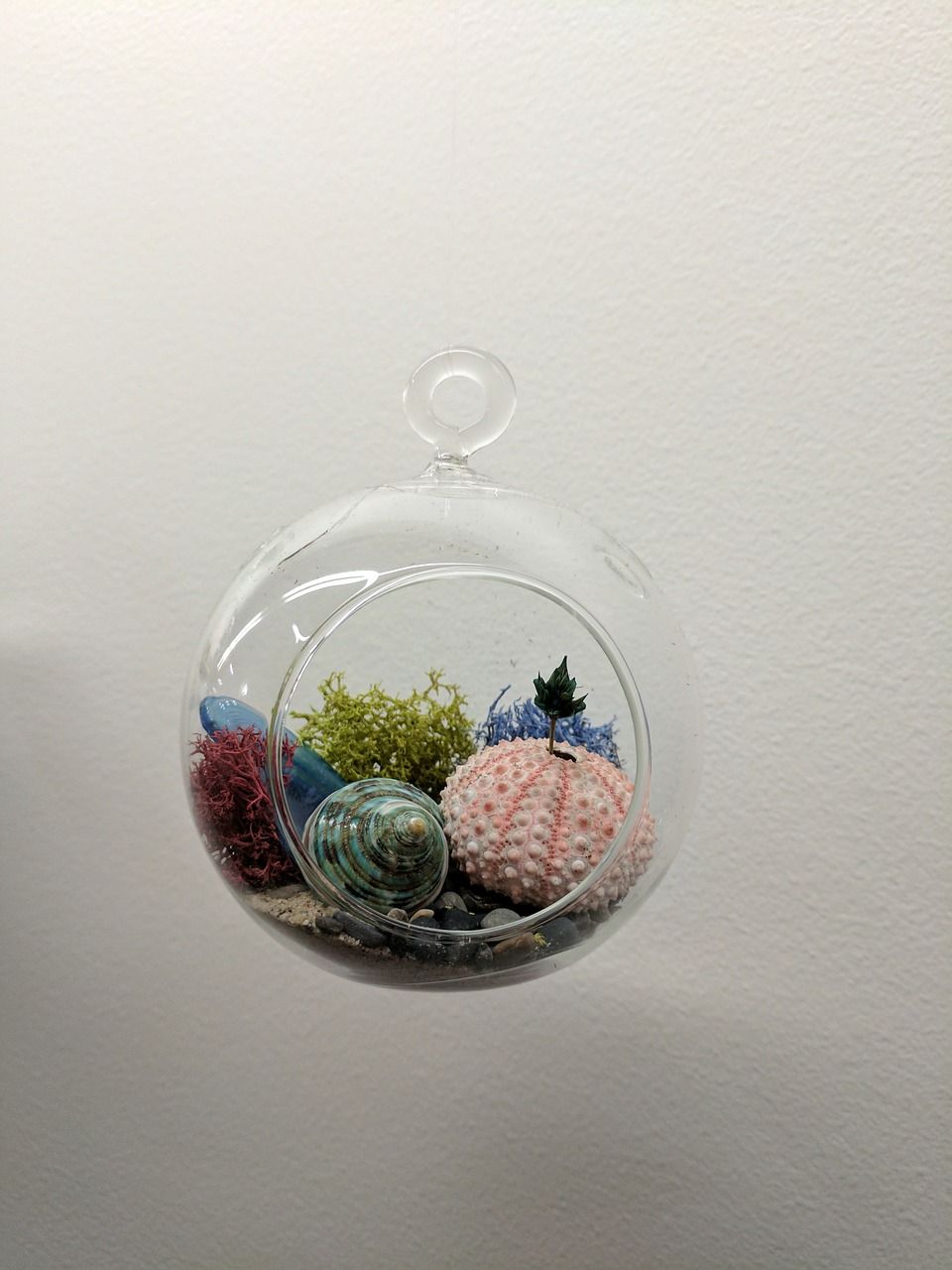
Is it necessary to water them very often?
Yes, but not as often as typical houseplants. The types of plants found in terrariums are usually hardy plants that do not require frequent watering.
In addition, the greenhouse-like structure of the terrariums recycles the water instead of evaporating it into the ambient air as it happens with normal houseplants.
How often should a terrarium be watered?
If it is closed, you can water it (on average) once a month, but this will vary depending on various factors. Open terrariums usually need watering every 3-6 weeks.
Instead of watering on a schedule, check the soil to see if and how much your plants need water.
It is also important to know the watering needs of the plants you are going to grow inside the container.
What types of terrarium are there? open and closed
There are two main types of terrariums: closed and open.
When most people think of terrariums, they think of closed containers. It’s normal, they’ve been like this for a long time.
Although still popular, these glass structures have a lid that seals them completely creating a high humidity environment inside.
The humidity inside a closed terrarium is constantly recycled, continually providing the water that plants need to grow. If they are well designed, they can go months without needing water.
Open terrariums are just what the name suggests: screens that have an opening to release moisture, creating a system that maintains lower humidity levels.
This type of open terrarium works well for succulents or cacti.
Moisture is still recycled to some extent, but to a much lesser extent. Therefore, they require more frequent watering than the closed type.
Do terrariums need sunlight?
Most need direct or indirect light, but artificial light can also be used. There are three types of light that you can provide to your terrarium.
- Direct sunlight.
- Indirect sunlight.
- Artificial light.
- It is recommended to use fluorescent or LED bulbs.
- Avoid incandescent bulbs.
If you choose to place your terrarium in direct sunlight, it is convenient that you remove the lid of a closed terrarium, since it could get too hot and therefore, the plants inside, suffer.
Do terrariums need to be airtight?
Terrariums are fine if they are airtight, but we suggest removing the lid periodically (once a week or even daily) to let in fresh air.
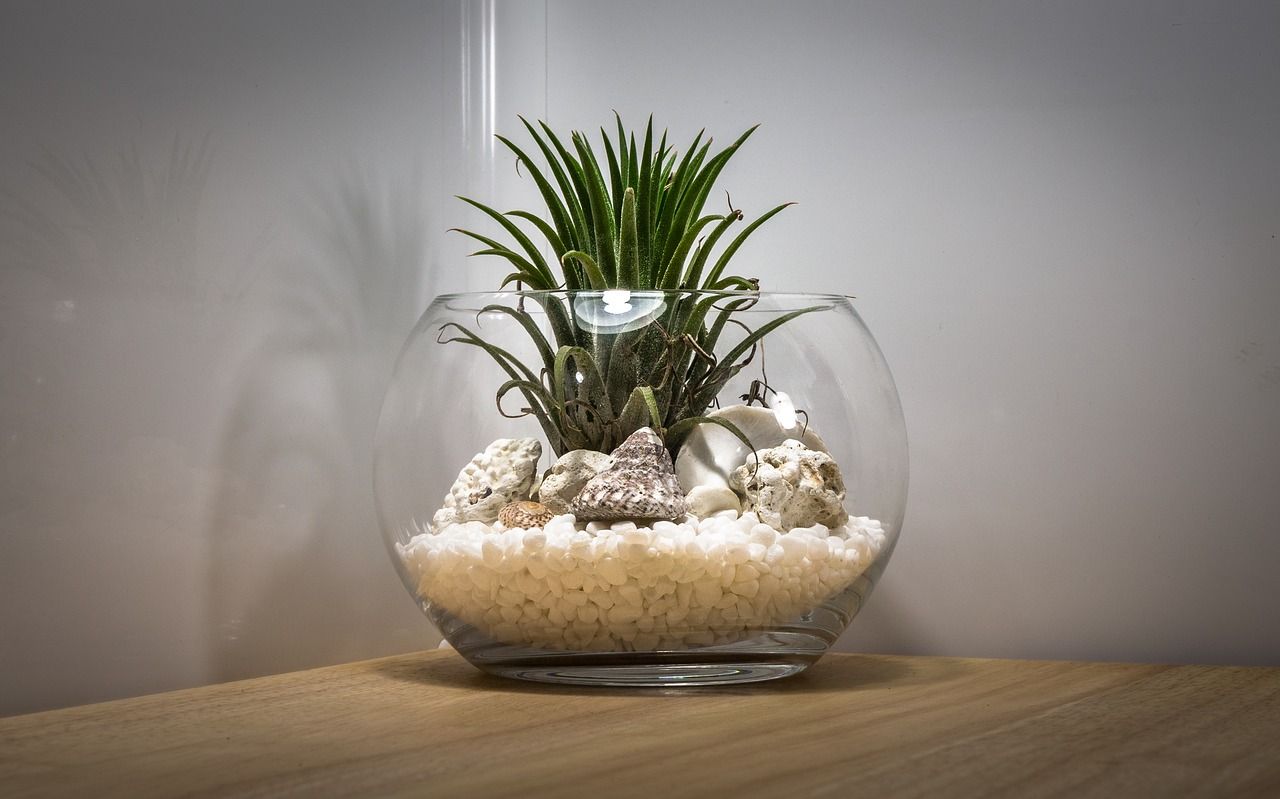
Can terrariums be plastic?
Of course.
Plastic containers, like acrylic ones, work well. You can also buy anti-fog plastic containers, which prevent condensation buildup and allow for better visibility; however, they are usually more expensive.
How long can they last?
Terrariums can last for several years or even longer if they are well maintained.
It is also important to assess the quality of the product and the manufacturer, like everything else.
Do terrariums need air?
Yes, but plants in airtight or closed terrariums recycle air. During the day, sunlight promotes the growth of sugars during the process of photosynthesis.
Photosynthesis converts carbon dioxide into oxygen, releasing it in the terrarium.
In a closed terrarium, you may want to remove the lid to get fresh air into the terrarium, but a closed one will not harm the plants.
What kind of containers work best for terrariums?
The following containers work especially well for terrariums:
- Glass jars for candy.
- Fish tanks with light bulbs.
- Bowls for goldfish.
- Coffee machines.
- You can even choose to use a wine bottle, but planting would be difficult due to the narrow opening.
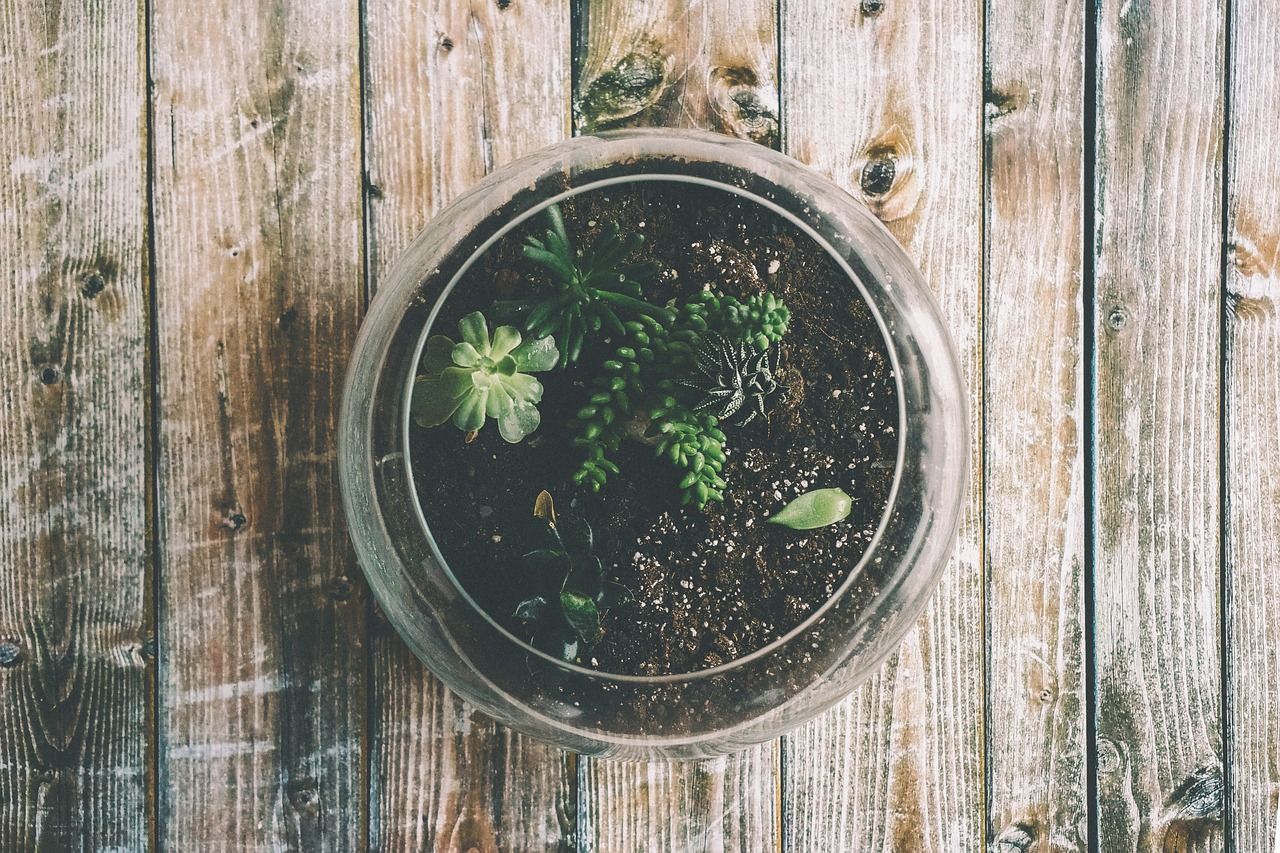
Can trees be planted in terrariums?
Bonsai or small junipers might work, but not much else.
What are hanging terrariums?
They are simply terrariums that hang from a structure, like a wall sconce.
What is the difference between indoor plants and terrariums?
Indoor plants (house plants) are often used in terrariums.
However, most of the plants chosen for terrariums are slow growing and many of them are plants that are difficult to grow without high levels of humidity and light.
What type of soil works best?
Coco, peat moss, or specialty soil works with most plants, other than succulents, that prefer a well-drained, inorganic medium.
Some people prefer to make their own soil, but if you’re short on time, good potting soil can work just fine. For succulents, you’ll need soil with a sand or gravel mix.
Can they be a good gift to give?
Of course yes.
Not only are they low maintenance, but they are a beautiful addition to any home.
What are the benefits of a moss terrarium?
It is easy to maintain and can last for a while without replacement.
Terrarium moss can come in many different colors and textures, such as lime green.
Reindeer moss and sheet moss work well, and moss also goes well with sand and rocks. If you are creating your own terrarium, you can also use live moss.
What advantages does a small terrarium have?
If you only have a small space, a small terrarium can bring a little vibrancy to your environment. Small terrariums can be used in hotel rooms, on the desk, on shelves or hanging displays.
Succulents, air plants, Fittonia and preserved moss can be used in small terrariums.
Is it possible to create an orchid terrarium?
Yes, you can put an orchid in a terrarium.
Orchids are attractive in terrariums because they are brightly colored. Terrariums, with their closed design, are also suitable for orchids because they benefit from high humidity levels.
Orchids pair well with succulents, air plants, and preserved mosses.
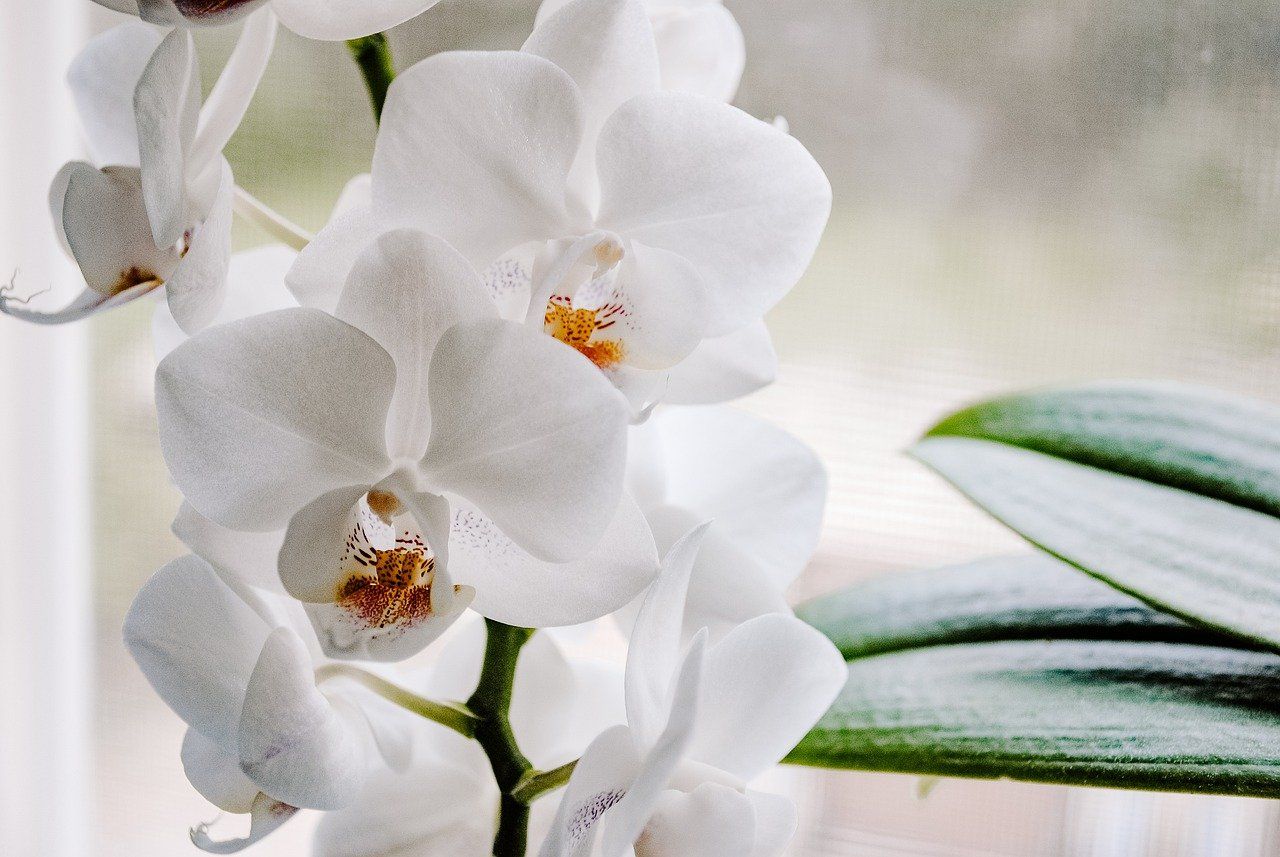
Do they give off an odour?
Not generally.
In fact, they smell quite nice, with an «earthy» smell. But, if yours smells rotten, it’s most likely a sign of root rot or overwatering.

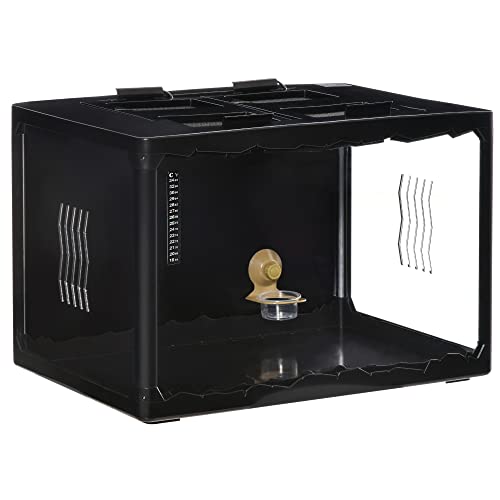
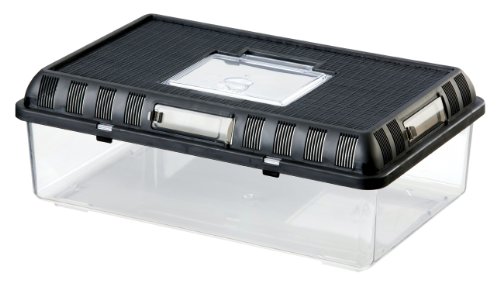
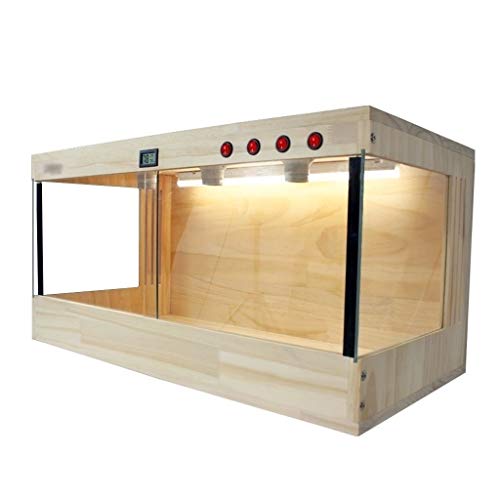
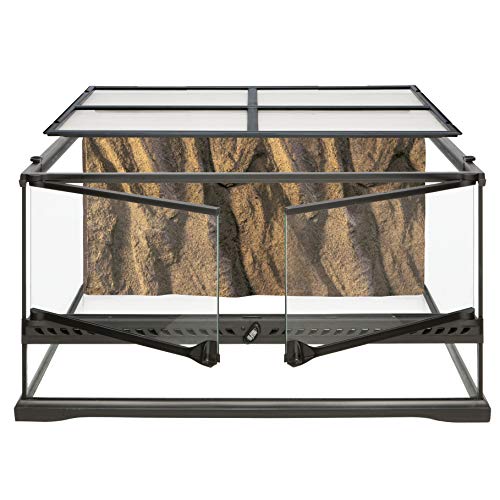
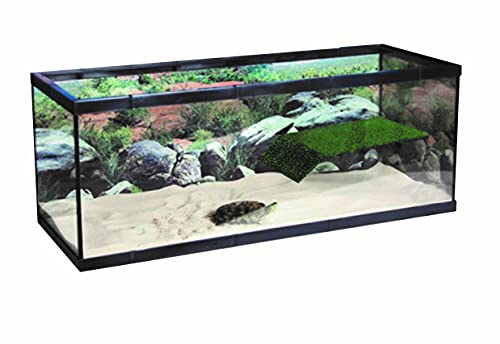
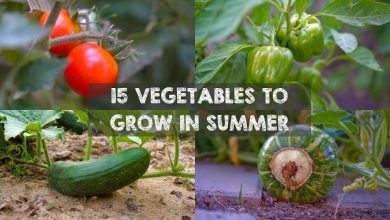
![Photo of Conifers: [Characteristics, Growth, Cultivation and Examples]](https://www.complete-gardening.com/wp-content/uploads/2022/08/conifers-characteristics-growth-cultivation-and-examples-390x220.jpg)
![Photo of Camellia Care: [Soil, Humidity, Pruning and Problems]](https://www.complete-gardening.com/wp-content/uploads/2022/08/camellia-care-soil-humidity-pruning-and-problems-390x220.jpg)
